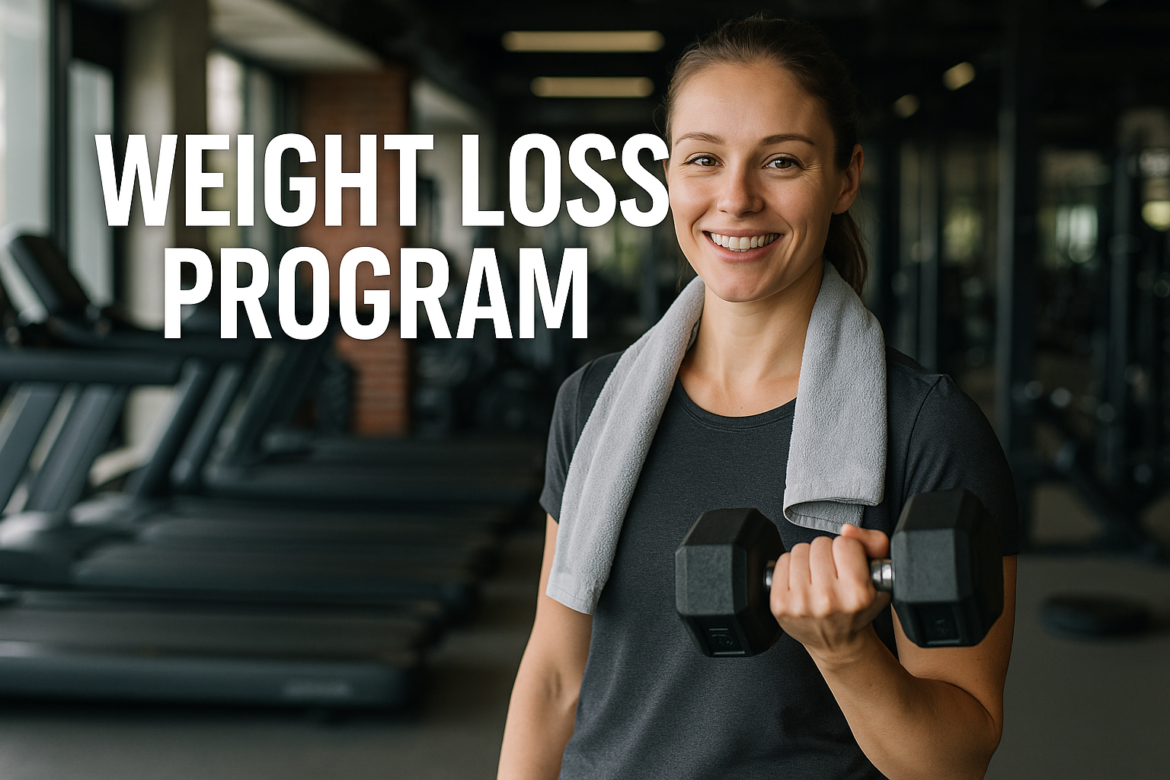High Rates of obesity across the Midwest and the South.
Obesity rates have reached 35% in states like Mississippi, Arkansas, and West Virginia, compared to 29% among Mississippians in 1990 and 26% of Arkansans and West Virginians in 1990, driven by diets high in caloric density, poor levels of activity, and socioeconomic factors.
The perceived demand for access to accessible evidence-based weight loss programs can only be compounded by potential healthcare costs plus absent or chronic will obesity is an issue. Regional solutions are focused on low-cost and culturally adapting, lost food.
- Calorie controlled options of fried staples
- Walking clubs in neighborhoods without fitness builds
- Could partner with area health clinics for nutrition information
Tech-Savvy Coastal States (CA, NY)
Urban areas of California and New York are experiencing other issues: namely fast-paced lifestyles, sedentary office workers, and convenience food dependency. Demand for hybrid models that are compatible within a lifestyle and provide an app for tracking with online coaching and personalization is met via:
Potential partnerships like with administration
- High penetration of digital health apps
- Increase access to certified nutritionists via telehealth services
How to Select a Program Appropriate for Your State
Individualized vs Group-based Options
Individualized models allow for specific interventions based on a person’s medical history. Group-based models rely on social accountability and motivation by peers.
One-on-One Coaching
- Individualized meal plans
- Private appointments with a registered dietitian
Online Communities and Represented Local Supports
- Peer-led conversations
- Challenges and recipe swap by region
Regional Tailoring
Nutrition interventions are more successful when there are food choices based on local cuisine and options for food.
Southern Cuisine Healthification
- Baked instead of fried
- Reducing sodium by limiting seasonings
Farm-to-Table in the Pacific Northwest
- Fresh from area farms and farmers markets.
- Recipe booklet focused on local and seasonal vegetables.
Affordable Options Across States
Financial limitations are addressed by securing low-cost plans provided through community health centers and non-profit organizations.
- Sliding scale payment models
- Free workshops and state-funded weight loss education
Essential Elements of Successful US Weight Loss Programs
Science-based diet plans
Studies support reduced calorie intake while maintaining nutrient adequacy.
Portion Control & Balanced Diet
- Visual portion control aids
- Carbohydrate, protein, and fat consumption proportions
Common Diet Models –
- DASH – lower blood pressure
- Mediterranean – healthy fats and fiber
- Intermittent Fasting – restricted intake time periods
Sustainable exercise approaches
Exercise plans are dependent on geography, urban design, and culture.
- Cardio exercise in homes with rural access
- Outdoor cycling and urban HIIT in parks
Behavior & Mindset Coaching
Programs apply psychological techniques for long-term adherence.
- Cognitive behavioral therapy applications
- SMART goals
- State-specific barriers and solutions
Rural (Midwest)
Barriers include fewer gyms, low health professional access, food deserts.
Few Gyms → Home workouts
Resistance bands, bodyweight circuits
Food Deserts last → Mobile Markets
Work with food banks, and mobile vendors
Urban Centers (NYLA, Chicago)
Cost of living or limited time constraints to program design.
Time Constraints last → Quick Meal Planning
Meal Kits short of a caloric goal
Stress Management last → Mindful Eating
Apps that have guided sessions
Hispanic & African-American Communities
Weight loss programs are more likely to succeed with culture specificity
Culturally Specific Food modification
Modified soul food and food in calorie modified way
Faith-based wellness outlet
Started in church/community center
Program Delivery: step by step awareness journey
Awareness & Baseline Assessment
Clinical Assessment brigade baseline operate on BMI: Met Range + parts and screening for height weight & gradual checking circle
Health Screenings and Readiness
Physical exams with a readiness questionnaire.
Local Health Data: By Region
percentage of cherry county with greater occurrences of either a bear munchies, period or a full drop of blood quakes
Program: Selecting & Onboarding
Choosing is based on availability, preferences & medical.
Matching Lifestyle with Program Type
Comparison grids: digital, in-person or hybrid
Nutrition + Activity Plan: Initial Phase
Goal setting and introduction
Implementation
Meal Plans with Local Foods
Finding seasonal fruits and veggies to facilitate adherence.
Exercise Adapting to the Environment
Enriching safe walk through the neighborhood or practice home yoga.
Monitoring & Revision
Long-term support: all aspects in-some or all subsequent association monitored through app, logs, check-in, and bio-metric feedback.
Using Tracking Tools
Scale, app, portion for meals.
Maintenance
Selection is a function of availability, preferences, and medical necessity.
Picking Paths Based on Fitness Program
Comparison framework: digital, in-person, hybrid
Pre-nutrition + activity planning
Goal setting and initial coaching session
Placement
Meal Plans Utilizing Local Ingredients
Working with seasonal produce to improve adherence
Environmental Exercise Adaptations
Neighborhood walks, and yoga at home
Monitoring & Modification
Continual assessment through weekly check ins, app tracking, and biometric measures.
Tracking Options
Digital scales, fitness apps, and meal logs
Maintenance & Relapse Prevention
Follow up after program completion is important for continued success of healthy behaviors.
Ongoing Community Support
Monthly checks, alumni meet-ups
Local Meet-ups
Walking clubs, healthy potluck
Advanced Tactics & Accessories
Metabolism Boost
- Increasing NEAT and maintaining lean muscle can enhance resting energy expenditure.
- Strength training program
- non-exercise activity program
Intermittent fasting & calorie cycling
- Recommended for high-compliant candidates for going past plateaus.
- 16:8 fasting schedule
- cycling days of high calories and low calories
Meal Prep & Delivery Programs
- Can vary regionally and by price point.
- Freshly, Snap Kitchen, state-provided Nutrition
Weight loss medication/s
- Prescribed for patients with high BMI and comorbidities under individual supervision.
GLP-1, Semaglutide
- Provided with tracking of dietary adherence, and professional oversight.
Success Story by Regional Partner
- Midwest: Two siblings lost over 80 lbs utilizing home-based training.

